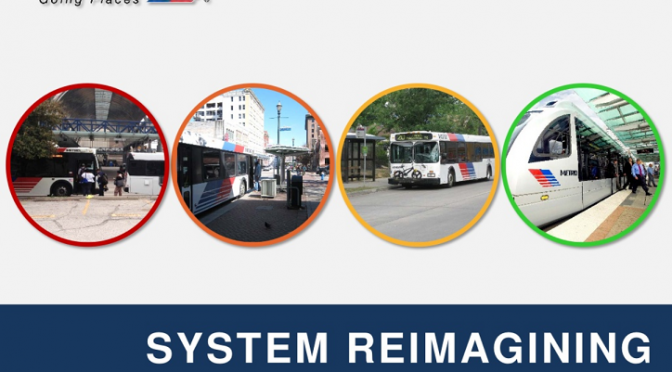METRO Reveals System Re-imagining Plan
At over 2.2 million residents and over 600 square miles in land area, Houston has the unique distinction of not only being one of the largest cities in the US by population, but also one of the most spread-out cities. This reality can be quite the challenge when trying to plan for the for the … Continue Reading ››
